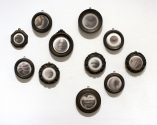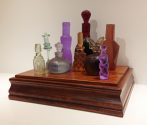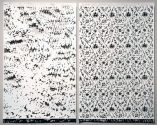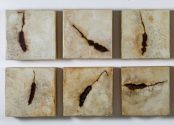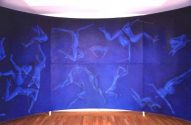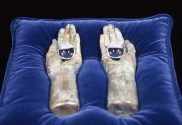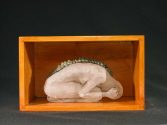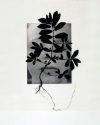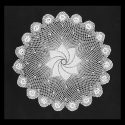References from history, medicine and botany are found throughout Mary Jane Parker’s artwork, which has always included a reference to the human form. Her work is made up of many different materials from glass to ceramics to etching and wax. When making a piece, her decisions about idea and concept inevitably take into account what materials will best convey the intent. As a result, the final body of work has an eclectic quality, ranging from traditional two-dimensional work to sculpture to installation, with the driving force of the work being the idea. Drawing on her fascination with the many intrinsic similarities found in the natural world, Mary Jane Parker explores through her work natural affinities, and draws attention to the unity that exists between our humanity and the world we inhabit. Her realization that the root of a plant serves a similar purpose to the intestine in the human body; her amazement at the complexity and mystery of the stars and the distant galaxies and fascination with how much a satellite picture of that vastness resembles a microscopic image of our blood cells; her intrigue with medical specimens and the idea that a small container can hold part of a human for examination and study, are a few of the natural affinities alluded to in her work.


